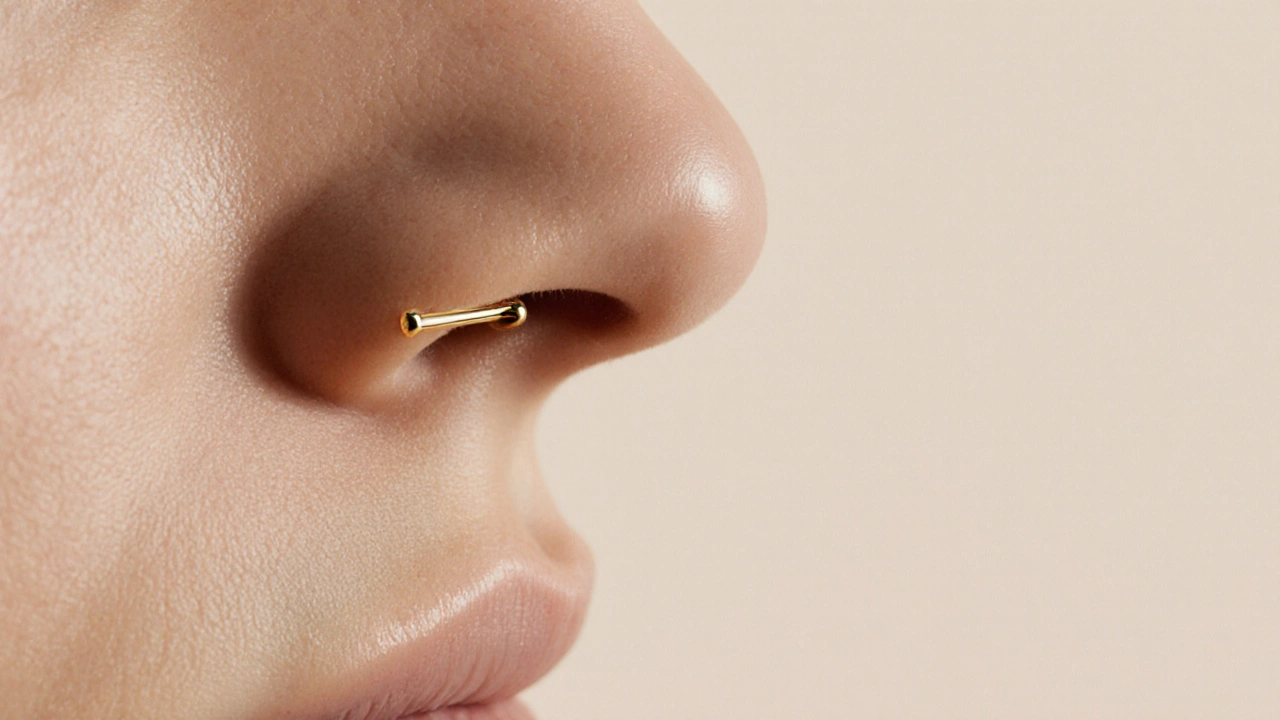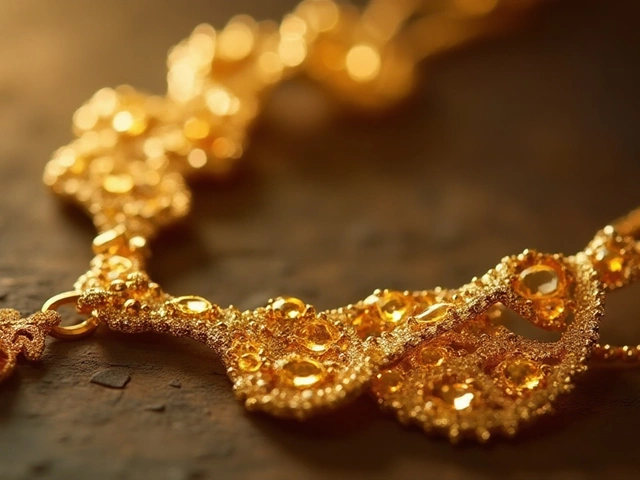Nose Stud Side: How to Choose, Wear and Style It
When you hear the term nose stud side, the specific nostril where a stud is placed, often chosen for balance or personal meaning. Also known as nose side stud, it lives inside the broader family of nose studs, tiny piercings that add a hint of sparkle without stealing the show. Picking the right side involves three key ideas: your face shape, the material of the stud, and any cultural or religious cues that matter to you. A round‑face or heart‑shaped face often looks balanced with a left‑side stud, while a more angular jawline can be softened by a right‑side placement. Materials like 14 K gold, sterling silver, or hypoallergenic titanium affect comfort, weight, and how the metal reacts with your skin. In many Indian traditions the left nostril is linked to Ayurvedic concepts of energy flow, while the right side may be chosen for a modern, fashion‑forward look. Understanding these links helps you decide which side feels right for your style and belief system.
Styling, Cultural Roots, and Practical Tips
If you’re wondering whether a nose stud side matters at all, the answer is a resounding yes. A stud placed on the left can accentuate the curve of a smile, while the right side can draw attention to a sleek profile. The choice also determines which side of a pendant or gemstone faces forward, influencing how colors pop against your skin tone. For example, a bright emerald set in a gold stud looks striking on the left side of a warm‑toned complexion, whereas a subtle pearl shines best on the right side of a cooler complexion. Cultural traditions add another layer: many Hindu families prefer the left side for married women, believing it balances the body’s energy, while some South Indian communities switch sides for specific festivals. Beyond tradition, the size of the stud matters – a 2 mm gold ball works well for a subtle look, while a 4 mm embellished piece can become the focal point of an outfit. When it comes to cleaning, a simple warm‑water soak with mild soap keeps the metal from tarnishing, and a soft brush removes buildup without scratching the stone. If you have a sensitive nose, opt for surgical‑grade stainless steel or titanium; these metals are less likely to cause irritation. Finally, remember that the stud’s backing (butterfly, friction, or magnetic) influences how secure it feels on either side, so test the fit before committing to a long‑term wear.
Armed with this quick rundown, you can now approach the nose stud side with confidence. Below you’ll find articles that dive deeper into related topics – from the cultural meanings behind nose piercings and the best materials for lasting shine, to step‑by‑step guides on how to wear a nose pin without hassle. Whether you’re selecting a piece for a wedding, a festive celebration, or everyday chic, the collection offers practical advice, historical context, and style inspiration to help you make the perfect choice.
What Does “Straight” Mean for Nose Piercing? Side Placement Explained
Learn what "straight" means for nose piercings, how to pick the right side, jewelry choices, healing tips, and common mistakes. Get a clear guide for a flawless look.





